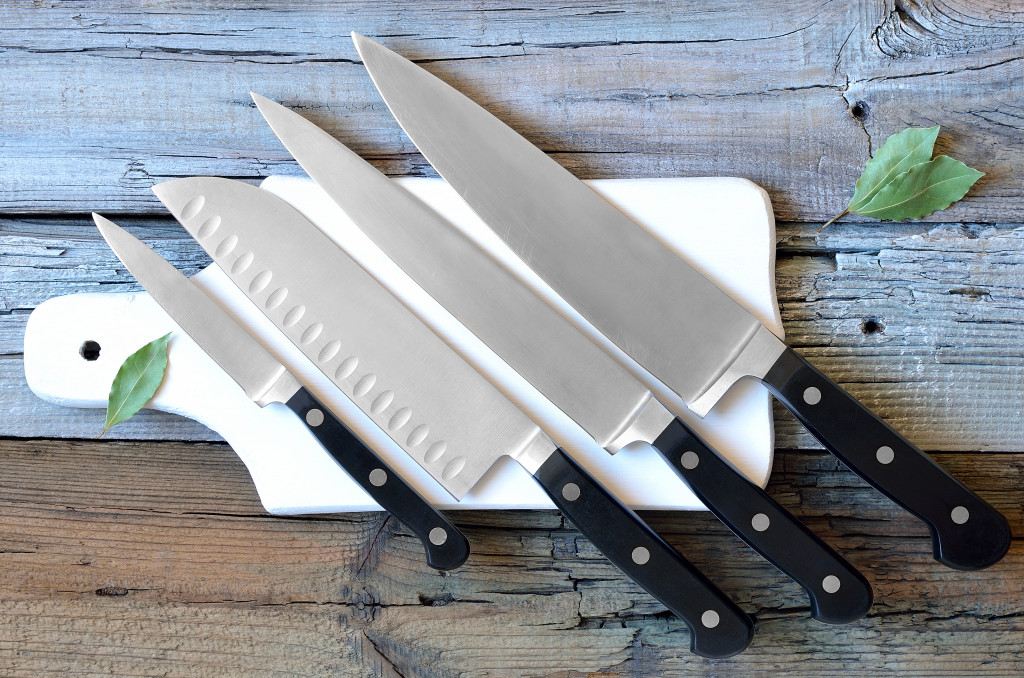- Create safe indoor play spaces by securing furniture, covering sharp edges, and keeping cords out of reach.
- Install safety gates and carpet treads on stairs to prevent falls, and supervise your child when they use them.
- Keep outdoor play areas safe by checking and repairing fences, removing dangerous plants, and storing sharp tools and chemicals.
- Make the kitchen safe by keeping sharp objects out of reach and storing cleaning products in a closed cabinet.
- Inspect and repair damaged areas in the driveway and install speed bumps to reduce car speed.
As a parent, ensuring the safety of your children is always a top priority, especially when it comes to their play spaces. But do you know where your child usually plays at home? From the living room to the backyard, different areas in the home serve as a playground for our little ones. In this blog, you will learn about the common play areas and provide tips on how to make them safe for your child.
Living Room
The living room is often the go-to spot for indoor play, whether it’s building forts, playing with toys, or watching TV. But this multi-purpose room can also be a hazard zone. Secure any loose or heavy furniture to the wall to prevent them from toppling over onto your child. Cover sharp edges or corners with edge guards or soft cushions. Keep cords and wires away from reach, and ensure that any electrical outlets are covered with safety plugs.
Stairs
Staircases are often the site of accidents for young children. Make sure to install safety gates at the top and bottom of the stairs to prevent falls. Ideally, use hardware-mounted gates for added security. Carpet or rubber treads can provide added grip, while handrails should be securely mounted to the walls. Most importantly, supervise your child and teach them to crawl or walk up and down the stairs safely.
Driveway

A driveway is a common place for outdoor play, but it also poses a risk for accidents. Ensure that the driveway is clear of any obstacles or debris, including cars. Supervision is key here, as there is always a risk of children running into the road. Teach your children to stay within the driveway boundaries and never to chase down their toys onto the street.
It’s also important to keep your driveway in good condition to ensure your child’s safety. Have a professional residential paving service provider inspect and repair any damaged areas. Potholes, cracks, and bumps can all cause serious injuries to your children at play. A residential paving service provider may also be able to help you install speed bumps to reduce the risk of cars running through your driveway at high speeds.
Backyard
A backyard is a great place for children to explore nature and play games. But it’s important to keep it safe. Check the fences for any weak spots or sharp edges, and secure them if necessary. Remove any poisonous plants or plants with thorns that could injure your child. Store all chemicals and sharp tools in a high, locked cabinet. Make sure all outdoor equipment, such as swings or slides, are age-appropriate and in good condition.
Kitchen
The kitchen can be a fun and educational spot for children but also a dangerous one. It’s arguably the most dangerous part of your home that curious children love to explore. It’s host to a variety of hazards, including the following:
Sharp objects, like knives and scissors

You need to keep your kitchen’s sharp objects tucked away in a drawer or cabinet, out of sight and reach. If you have countertop knives that are usually within reach, consider investing in knife guards to cover the blades.
Hot food and liquids
Little hands can’t grasp how hot food and liquids can be. So whenever possible, keep your child out of the kitchen when cooking or cleaning. If you must have your child present in the kitchen, remove any hot items out of their reach.
Electrical appliances
Young children are fascinated by switches, buttons, and lights on electrical appliances like toasters or blenders. Unplug these small appliances when not in use and store them away after each use.
Cleaning products
Make sure to store all cleaning supplies in a closed cabinet or on a high shelf. Always keep the containers properly labeled and out of reach from children’s curious hands.
By ensuring your kitchen is as safe as it can be for your children, you can prevent any unfortunate accidents.
Creating a safe play environment for your children is an important job, and by following these tips, you can make sure that your home is always hazard-free. When in doubt, supervision is always the best way to keep your kids safe while they explore their environment. Monitor them while they play, and constantly remind them of the safety measures you have taken. With these steps, you can rest assured that your children are always safe and having fun!




